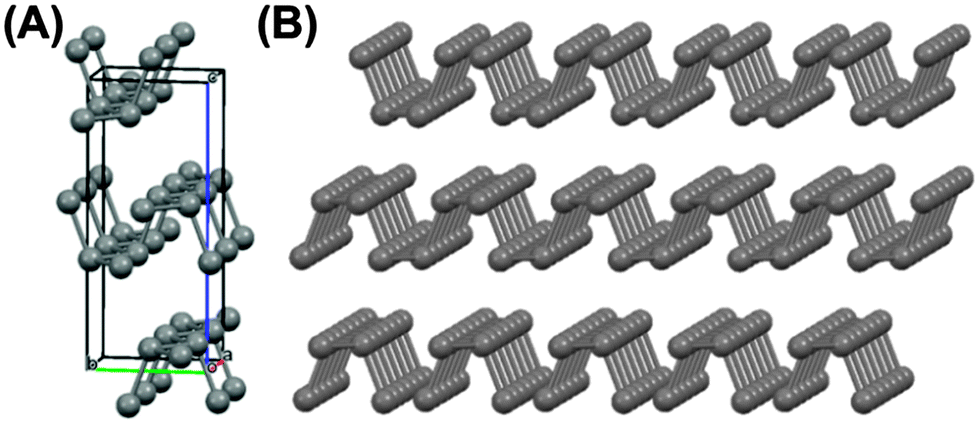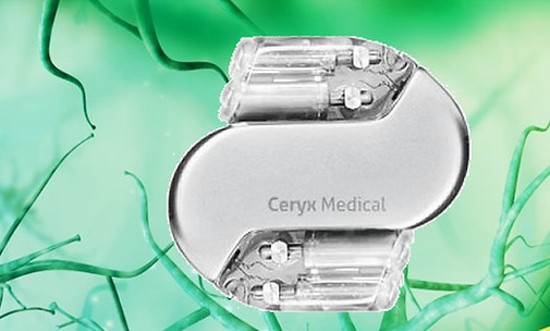January 18, 2015 – Phosphorus comes in white, red and black. Some attribute a fourth kind, violet. It is one of the most abundant elements, about 0.1% of the Earth’s crust, yet it wasn’t isolated as an element until 1669.
In its three main forms it serves different purposes. White phosphorus spontaneously ignites and is chemically extremely dangerous. It has been used in military applications in shells and grenades because it ignites with the air and creates smoke screens. When in contact with human skin or clothing it burns. It’s recent use in Israel’s conflict with Hamas in Gaza has raised considerable controversy.
Red phosphorus is relatively inert although it can revert to white when exposed to heat. You can find it as a coating on matchboxes and sandpaper. It is also used in flares and surprisingly as a flame retardant added to plastics used in electronics.
Black phosphorus is the least reactive and until recently had little commercial value. But nanoscience is altering our view of this material. In 2014 researchers created a field-effect transistor by assembling black phosphorus atoms into a two-dimensional puckered sheet. This seemed very promising if the black phosphorus could be manufactured in significant enough quantity, always the stumbling block.
But now a team of scientists, the same ones who created the field-effect transistor, have discovered a way to make black phosphorus nano-sheets in volume. This new capability is leading to all kinds of commercial applications including gas sensors, optical switches, and even as an additive in composite materials.
The method of manufacturing uses a liquid solvent, N-cyclohexyl-2-pyrrolidone (CHP) and acoustic waves to separate out black phosphorus atoms which are then filtered out using a centrifuge. The end product is nano-sheets in large quantities. The sheets oxidize if exposed to oxygen or water so the choice of CHP as a solvent is critical. it creates a protective shell around the nano-sheets giving them a much longer life.
In some applications black phosphorus is proving even better than graphene, another of the wonder nano-materials that are revolutionizing nano-electronics.
Some of the applications being explored include optical sensors and ammonia detectors.




















